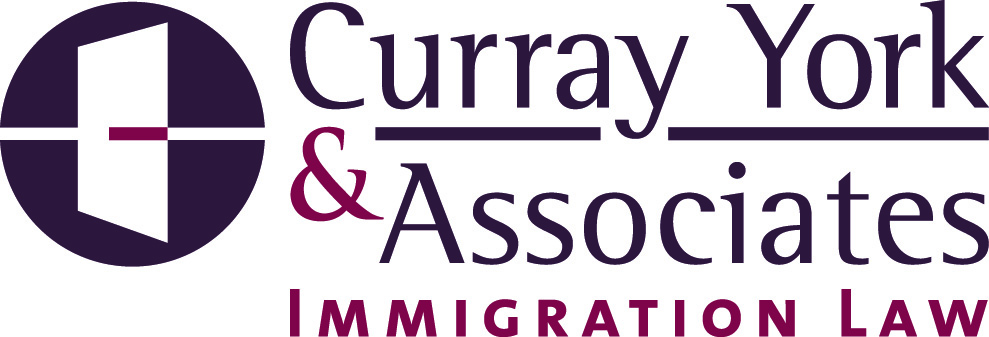On October 20, 2025, USCIS issued further guidance on who is subject to the $100,000 H-1B fee, who is not subject to the fee, as well as information on how to pay the $100,000 fee and qualify for an exemption.
Who is subject?
– New H-1B petitions filed on or after September 21, 2025 on behalf of beneficiaries who are outside the US and do not have a valid H-1B visa are subject to the $100,000 fee.
-New H-1B petitions filed on or after September 21, 2025, that request consular notification, port of entry notification, or pre-flight inspections for a beneficiary currently in the US are subject to the $100,000 fee.
-H-1B petitions filed on or after 9/21/25 that request a change of status, amendment, or extension of stay where USCIS determines that the beneficiary has not been maintaining status or is otherwise ineligible to change or extend status in the US are subject to the $100,000 fee.
-No exemption for cap-exempt petitioners.
Does not apply to:
-Does not apply to beneficiaries who were in valid H-1B status or any H-1B petitions submitted before 9/21/2025.
-Does not prevent beneficiaries with current H-1B visas from traveling in and out of the U.S.
-Does not apply to any previously issued and currently valid H-1B visas or any H-1B petitions filed before 9/21/2025.
-Does not apply to beneficiaries whose H-1B petitions have been approved on or after 9/21, who then leave the US to apply for an H-1B visa at a consular office abroad.
How to pay the $100,000 payment:
Petitioners should submit the required $100,000 payment using pay.gov, following the instructions on pay.gov at the following link:
https://www.pay.gov/public/form/start/1772005176
When to pay the $100,000 payment:
Payment must be made prior to filing a petition with USCIS, as petitioners must submit proof that the payment has been scheduled from pay.gov or evidence of an exception from the $100,000 payment from the Secretary of Homeland Security at the time of filing the H-1B petition. Petitions subject to the $100,000 payment that are filed without a copy of the proof of the payment from pay.gov or evidence of an exception from the Secretary of Homeland Security will be denied.
Exceptions granted by the Secretary of Homeland Security:
Exceptions to the $100,000 payment are granted by the Secretary of Homeland Security in the extraordinarily rare circumstance where the Secretary has determined that a particular alien worker’s presence in the United States as an H-1B worker is in the national interest, that no American worker is available to fill the role, that the alien worker does not pose a threat to the security or welfare of the United States, and that requiring the petitioning employer to make the payment on the alien’s behalf would significantly undermine the interests of the United States. Petitioning employers who believe their alien worker satisfies this high threshold may seek an exception by sending their request and all supporting evidence to H1BExceptions@hq.dhs.gov.
For more information go to the USCIS H-1B Specialty Occupations website:
H-1B Specialty Occupations | USCIS
There have now been at least two lawsuits filed to stop USCIS from imposing the $100,000 fee on H-1B petitions. As the courts consider the legality of this Proclamation, we anticipate additional information to be forthcoming. Stay tuned!
